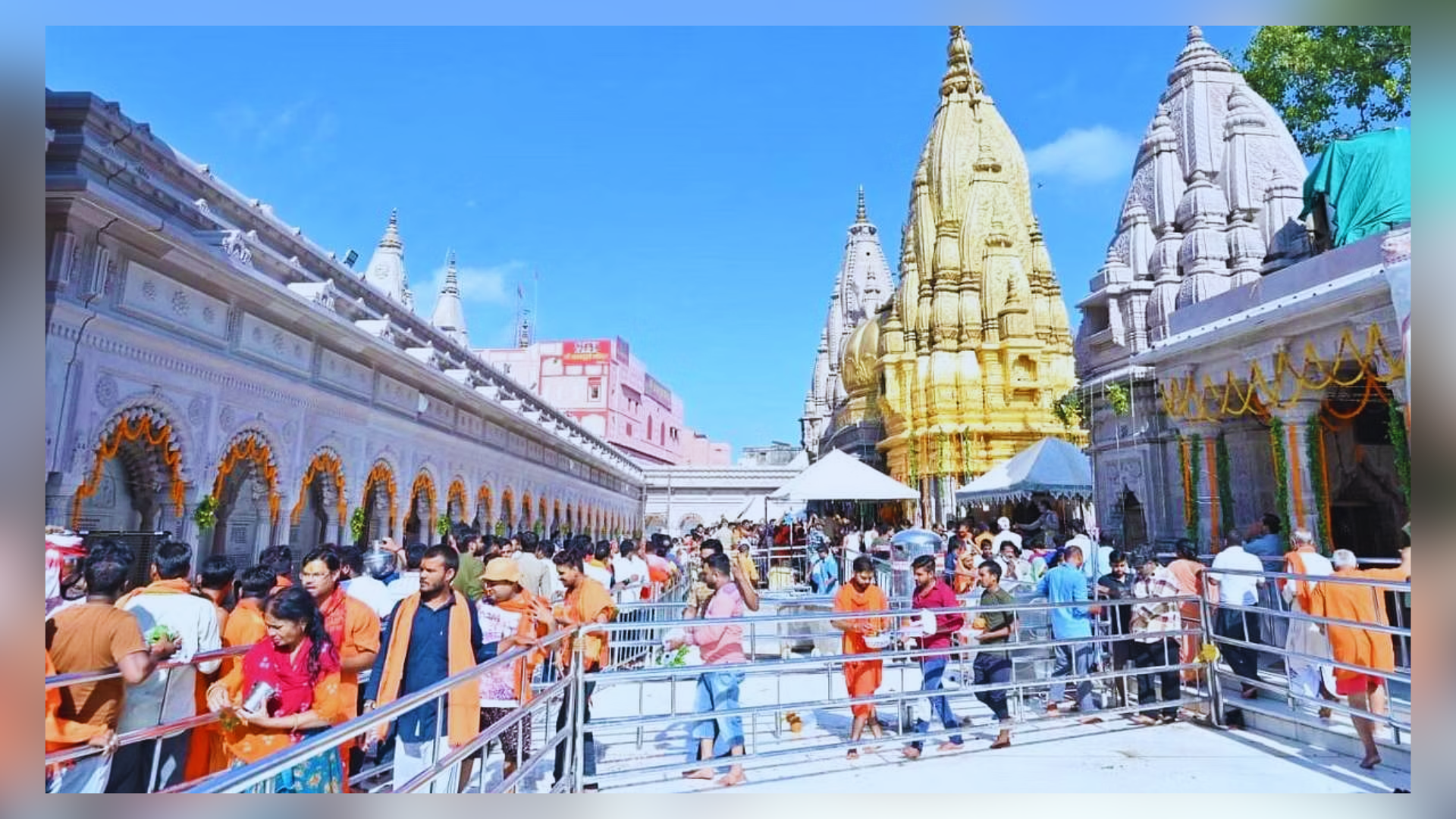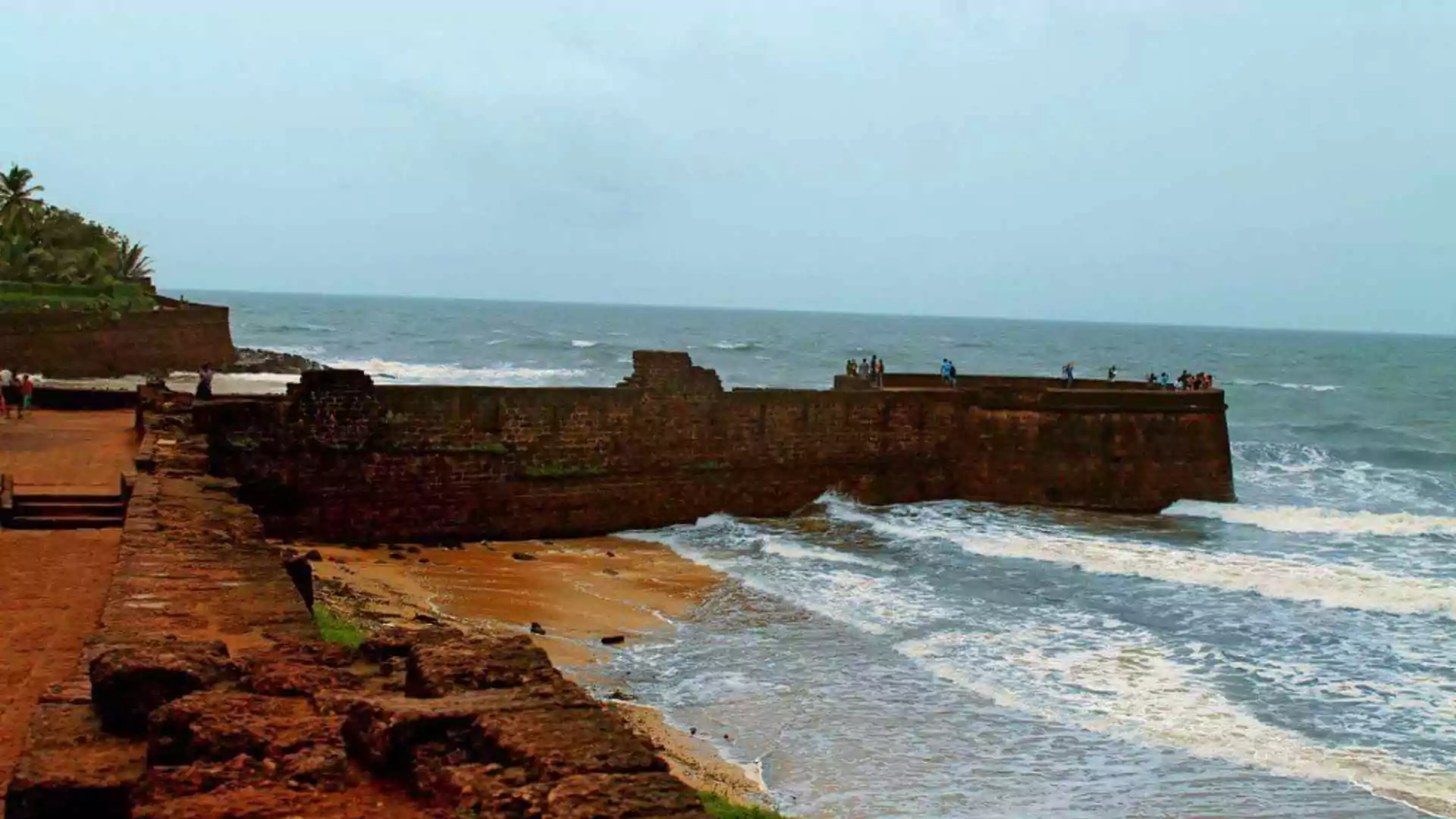Varanasi is a holy city situated on the banks of the sacred River Ganga in Uttar Pradesh. It is also known and cherished by the locals as Banaras. The city of Varanasi is a pious ground and a major religious hub in India and it holds the distinction of being the most sacred among the seven holy cities in both Hinduism and Jainism.
One of the major sites to visit in the holy city is the Kashi Vishwanath temple, which is usually bustling with locals and tourists alike to get a glimpse of the majestic temple.
The Constituency of Varanasi holds immense political significance as the Prime Minister will file his nomination from this seat on the 14th of May for the upcoming polls. With the fervor of elections reaching its peak Varanasi is all ready to brace a spirited electoral battle.
With a NewsX exclusive series ‘The Kashi Report,’ we delve deeper into the issues revolving around the Kashi Vishwanath temple. In order to get a clear view, we take a stroll through history to understand the various paradigms involved in the temple’s life cycle. The interview focused on various thoughts and views from people actively involved in the temple’s affairs.
In the beginning, there was an engagement with Prof. Nagendra Pandey, who serves as the chairman of the Kashi Vishwanath Temple Trust. The initial focus was on how ancient the temple is, on which Prof. Nagendra Pandey unfolded the history of the temple and elaborated, “In the Skanda Purana, it’s mentioned that Mata Parvati is the daughter of the mountain, and Lord Shiva used to reside on Mount Kailash. When Parvati Ji came as Shiva Ji’s half-partner, she always stayed separated on the mountain, feeling it was her in-laws’ house where girls typically reside. After some time, she asked Shiva Ji if there was a place she could truly call her husband’s home. Lord Shiva assured her, ‘No, I will take you to my house,’ and brought her to Kashi. There, they built their residence, now known as the Vishwanath Temple, where both Parvati Ji and Lord Shiva reside.”
He added further, “The Abhimukh area is where they remain perpetually, never moving or separating. Our ancient tradition has always been intertwined with Kashi and Kashi Vishwanath, with Vishweshwar reigning here since ancient times. Historically, the exact time of their arrival cannot be determined, but according to the Puranas, Vishwanath has existed alongside Kashi since ancient times.
Further in the discussion, he elaborated on the documented history of the temple, highlighting the period during Aurangzeb’s era when the Vishwanath Temple was destroyed as per his orders. Subsequently, during Alamgir’s time, the temple was reconstructed. Even after its reconstruction in 1983, disputes persisted, leading to communications with the government and British administrators. Despite these challenges, Vishwanath remains a revered symbol of faith and devotion, with its significance dating back to ancient times and enduring till today as one of the twelve Jyotirlingas.
Moving ahead with the interview Prof. Nagendra Pandey was inquired about how the decision made by the court on January 3 regarding worship made him feel. He articulated his response and said, “The decision made in January was highly appropriate, as it was based on a comprehensive survey and archaeological evidence. Our assertion is that there was indeed a temple there, contrary to claims of its absence. Through scientific investigation and surveys, the truth about what lies beneath will be revealed. Even an observer, regardless of visual impairment, visiting the Kashi Vishwanath Temple, will easily notice that a significant portion of the temple’s premises is overlaid by the mosque, housing all the temple’s structures and carvings.”
Professor Nagendra Pandey provided valuable insights into the historical context and documentation of the Kashi Vishwanath temple. His contributions not only shed light on public perceptions of the temple but also expanded our understanding of its significance.
The Saga of Deconstruction: Unraveling the Historical Epoch
The Kashi Vishwanath temple has witnessed several episodes of its demolition over a period of time. The Vishwanath temple, formerly the pristine Adi Vishveshwara Temple, was demolished in 1194 at the hands of the Ghurids. Mu’izz al-Din Muhammad ibn Sam, upon his return to India, vanquished Jayachandra of Kannauj near Chandawar and subsequently laid waste to the city of Kashi, including this sacred site.
During Delhi Sultan Iltutmish’s reign (1211–1266) around 1230, the Vishwanath Temple was reconstructed near the Avimukteshwara Temple, situated away from its original location. Subsequently, it faced demolition once more under the rule of either Hussain Shah Sharqi (1447–1458) or Sikandar Lodi (1489–1517).
During Akbar’s reign, Raja Man Singh initiated the construction of the temple, although it faced opposition from Orthodox Hindus due to Man Singh’s familial ties with Akbar and Jehangir. Raja Todar Mal later oversaw the temple’s completion in 1585.
In the seventeenth century, under Jahangir’s rule, Vir Singh Deo finalized the earlier temple’s construction. However, in 1669, Mughal Emperor Aurangzeb ordered the destruction of the temple, replacing it with the Gyanvapi Mosque. Today, remnants of the original temple can be observed in the foundation, columns, and rear section of the mosque.
The history of the Kashi Vishwanath temple reflects a saga of resilience and enduring faith. Despite facing several episodes of demolition over the centuries, the temple has stood the test of time and now is a symbol of spiritual essence and cultural heritage.
ALSO READ : Laapataa Ladies’ Review: Sincere Performances, Earnest Screenplay Power Compelling Comedy Drama























